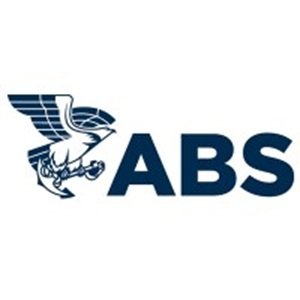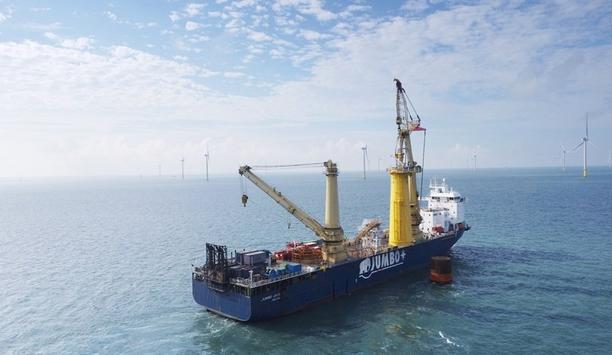Data, digital twins and artificial intelligence are going to reshape everything in maritime from regulation to operating procedures challenging the industry to respond to a new safety protection frontier.
That was the message from Christopher J. Wiernicki, ABS Chairman and CEO in a wide-ranging keynote address at the Capital Link Shipping and Marine Services Forum in London.
Unintended safety consequences
Christopher J. Wiernicki said, "AI’s ability to generate real-time insights, risk assessments and behaviour monitoring will improve hazard detection through visualisation. Digital twins will be used to provide an operational representation of current performance and to project forward."
He explained that embracing a fully digital operating model will fundamentally alter the nature of safety
He adds, "This predictive ability allows us to tackle the major boundary condition of digitalisation and decarbonisation - the unintended safety consequences of rapid technological advance."
He explained that embracing a fully digital operating model will fundamentally alter the nature of safety.
Future safety protection
Christopher J. Wiernicki continues: "Safety going forward will not be defined as just the absence of accidents, but as the new equation of capacity and capability over demand. The new equation has systems thinking, well trained people and percentage usage of digital in the numerator representing capacity and capability."
He further said, "Demand is in the denominator representing the complexity of an evolving decarbonisation trajectory and rapidly changing technology environment. Our future safety protection frontier is defined as the place where capacity and capability equal demand. Safety is becoming more synonymous with cybersecurity and reliability."
Systems development and cybersecurity
The potential prize for maritime is significant safety advances.
Christopher J. Wiernicki concluded: "I believe this new forward-looking, predictive safety frontier represents nothing less than a paradigm shift in the performance of our industry, with the potential to unlock huge safety gains. But there remains significant work to be done in training, systems development and cybersecurity, to mention a few areas, to ensure the industry is able to fully capitalise on the opportunity before us."











